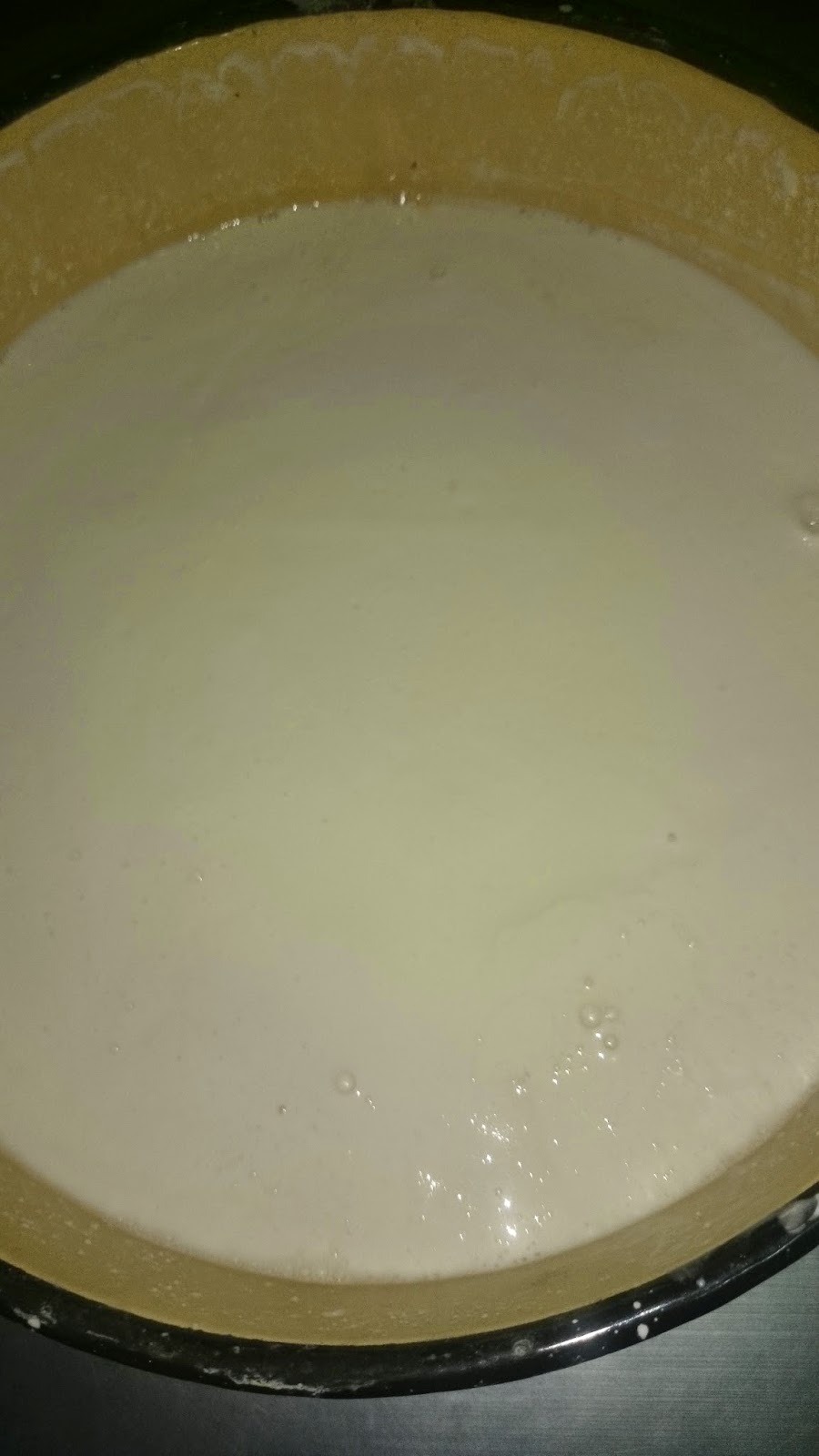Ingredients
Meat - 200g
Dry fish - 3 small
Onion - 1 small
Pepper - 2
Ground crayfish - 2tbsp
Ground ogbono seeds - 1/3 cup
Sliced pumpkin leaves/ugu - 1/2 cup
Red oil - 1/4 cup
Garlic - a few pieces
Curry powder - 1tsp
Stock cubes - 3
Salt - a pinch
Method
Put the meat to boil. Season with salt stock cubes, and curry powder.
Grind the onions, pepper and garlic together and fry them with little oil before incorporating them into the meat (you can put them directly without frying but I personally prefer this method)
Allow to cook until tender, wash the dry fish and add along with the crayfish, let it cook for about 3 minutes.
Empty the content into a clean bowl, using the same pot, pour in the red oil, add the ground ogbono seeds, stir and allow to melt.
Slowly start pouring the stock from your soup into the red oil and ogbono mixture, while stirring until it is completely incorporated. You'll notice it starting to get thicker.
Add the ugu/pumpkin leaves, stir and allow to simmer for about a minute. Turn off the heat and serve. It can be eaten with semo, amala or any swallow of your choice.









































